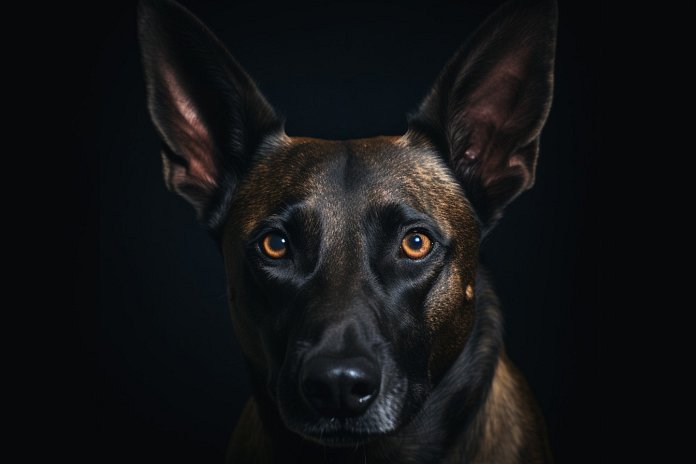
Have you ever wondered if your dog can feel fear? While dogs are not human, they are capable of experiencing emotions like fear. In fact, dogs can also feel emotions like love. It is important to understand the signs of fear in dogs and learn how to help alleviate their fears.
Signs Your Dog Is Feeling Fear
Dogs communicate through body language and behaviors, as they cannot speak. When a dog is afraid, they may exhibit certain characteristics such as a lowered body, raised hackles, a tucked tail, and ears flat against their head. They may also show their teeth, have a wrinkled nose, and exhibit curled lips. These signs indicate that the dog is frightened and may lash out if pressed. Dogs feeling fear that leads to distress may have a lowered body, dilated pupils, rapid breathing, and sweat through their paws.
How Your Dog Shows Fear
Different breeds of dogs may show fear in different ways, but some common signs include a lowered body, a tucked tail, and flat ears. Other signs of fear include raised paws, a smooth forehead, aversion of eye contact, and exposing their teeth.
The Science Behind Your Dog’s Fear
Dogs can experience a wide range of emotions, including fear. Factors such as scary sounds or stressful situations can cause fear in dogs. Thunderstorms and fireworks are common triggers for fear in many dogs. The amount of fear a dog experiences depends on their upbringing and individual personality.
Training Your Dog to Cope With Fear
While you cannot train a dog to not feel fear, there are things you can do to help them cope with their fears. Remaining calm when your dog is afraid can help reassure them that there is nothing to be scared of. Patience is important when your dog is afraid of something that cannot be changed, such as a new home or friend. During thunderstorms or other loud noises, providing comfort and reassurance to your dog can help alleviate their fears. Using a thundershirt, which applies gentle pressure to their body, can also provide a sense of safety.
In summary
, dogs are capable of feeling fear and it is important for dog owners to recognize the signs of fear and help their dogs cope with their fears.Understanding and acknowledging our dogs’ ability to feel fear is crucial in providing them with the support and care they need. By recognizing the signs of fear in our dogs and responding appropriately, we can help alleviate their distress and create a sense of safety for them. Through patience, positive reinforcement, and comforting measures, we can help our furry friends navigate through fearful situations and ensure their overall well-being.

Tips & Things to Know
1️⃣ Understand your dog’s body language: Dogs communicate through their body language and behaviors. Learn to recognize signs of fear in your dog, such as a lowered body, tucked tail, and flat ears. By understanding their body language, you can better respond to their fear and help alleviate it.
2️⃣ Remain calm and provide reassurance: When your dog is feeling afraid, it’s important to stay calm yourself. Dogs look to their owners for reassurance, so if they see that you are calm and unafraid, it can help them feel more at ease. Provide comforting touches, talk to them in a soothing voice, and offer treats to reinforce positive behavior.
3️⃣ Tailor your approach to their specific fears: Different dogs may have different fears, such as thunderstorms or new environments. Tailor your approach to help your dog cope with their specific fears. For example, during a thunderstorm, sit with your dog in a safe and comfortable space, pet them, and talk to them to provide comfort. Additionally, consider using tools like a thundershirt, which applies gentle pressure to help them feel more secure.
Frequently Asked Questions, Answered ✅
1. Can dogs experience fear?
– Yes, dogs are capable of feeling fear.
2. What are some signs that a dog is feeling fear?
– Some signs of fear in dogs include lowered body with raised hackles, tail tucked with little to no movement, ears flat against the head, wrinkled nose, curled lips, dilated pupils, and rapid breathing.
3. How do dogs communicate fear?
– Dogs communicate fear through body language and behaviors such as a lowered body, tucked tail, and flat ears.
4. How can we help alleviate a dog’s fear?
– Acting calmly and remaining unafraid can help calm a dog during times of fear. Providing a safe and comfortable environment, using positive reinforcement, and using products like thundershirts can also help alleviate fear in dogs.
5. What are some common triggers of fear in dogs?
– Thunderstorms, fireworks, and new environments can commonly trigger fear in dogs. The amount of fear a dog experiences can depend on their individual personality and how they were raised.